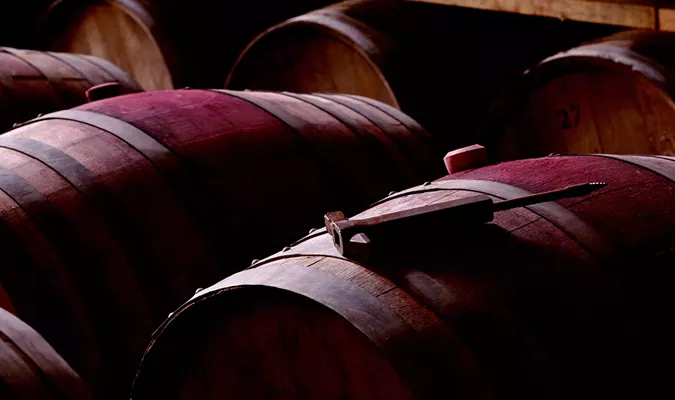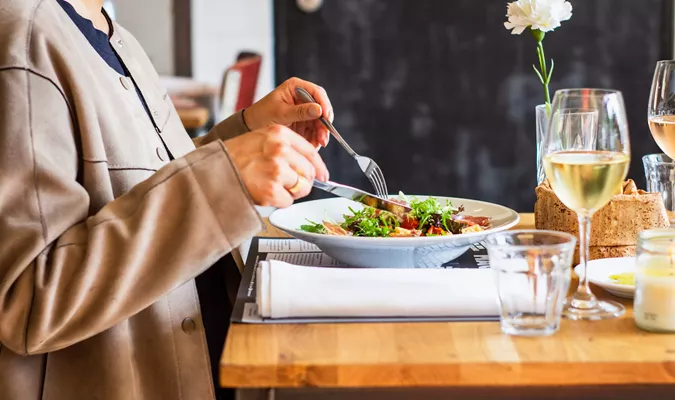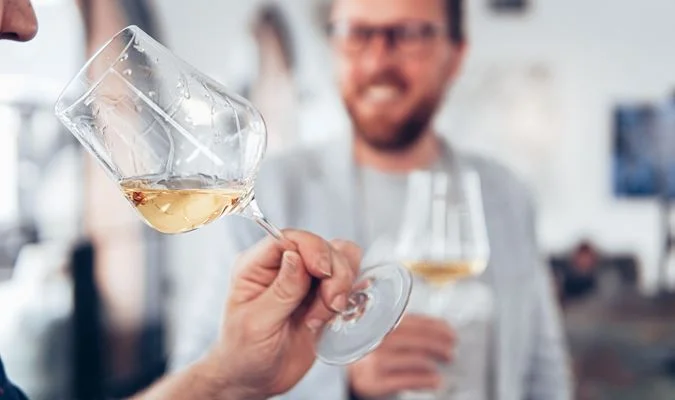
The Role of Wine Barrels in Winemaking: A Journey from Oak to Glass
Every wonder why wines are aged in wood barrels?
Wine barrels have been an integral part of winemaking for centuries, playing a crucial role in shaping the flavors, aromas, and textures of wine. The use of barrels is a time-honored tradition that continues to be a cornerstone of the winemaking process. But what exactly do these barrels do, and why are they so important? Let’s uncork the mystery and explore the multifaceted purpose of wine barrels in winemaking.
Historical Context and Tradition
The use of barrels in winemaking dates back to the Roman Empire, when barrels were adopted as a superior method of storage and transportation over clay amphorae. Over time, winemakers discovered that oak barrels did more than just hold wine; they actively improved it. This serendipitous discovery laid the foundation for the sophisticated art of barrel aging that we see today.
The Influence of Oak
The majority of wine barrels are made from oak, specifically French, American, or Hungarian oak, each imparting distinct characteristics to the wine. Oak barrels contribute to the winemaking process in several key ways:
Flavor and Aroma Enhancement
Oak barrels impart flavors such as vanilla, clove, caramel, and smoky notes to the wine. These flavors are a result of the chemical compounds in the wood, like lactones, tannins, and phenols, which interact with the wine during aging.
Tannin Structure
Oak barrels introduce tannins to the wine, which can enhance its structure and complexity. Tannins add astringency and bitterness, which can balance the sweetness and fruitiness of the wine, leading to a more harmonious and age-worthy product.
Micro-oxygenation
One of the less obvious but vital functions of a wine barrel is its permeability to oxygen. Unlike stainless steel tanks, oak barrels allow a small amount of oxygen to seep into the wine. This controlled exposure helps soften tannins and integrate flavors, resulting in a smoother and more cohesive wine.
The Aging Process
Aging wine in barrels can range from a few months to several years, depending on the type of wine and the desired outcome. During this time, the wine undergoes significant transformations:
Maturation
The wine develops depth and complexity as it absorbs compounds from the oak. This process can enhance the wine’s bouquet, adding layers of flavor that evolve over time.
Evaporation and Concentration
Barrels allow for the evaporation of water and alcohol, concentrating the wine’s flavors and increasing its viscosity. This results in a richer, more intense wine.
Chemical Reactions
Numerous chemical reactions occur within the barrel, such as the polymerization of tannins, which can reduce bitterness and astringency, making the wine more palatable and enjoyable.
Types of Oak and Their Impact
Different types of oak bring unique qualities to the wine:
French Oak
Known for its fine grain and subtle impact, French oak imparts elegant, spicy notes and adds a silky texture to the wine. It is often preferred for high-end wines that require delicate treatment.
American Oak
With a more pronounced grain, American oak tends to impart stronger flavors of vanilla, coconut, and dill. It is commonly used for bold, robust wines like Zinfandel and American Cabernet Sauvignon.
Hungarian Oak
Similar to French oak but often more affordable, Hungarian oak offers a balance of sweet and spicy notes and is becoming increasingly popular among winemakers.
Sustainability and Modern Practices
In recent years, the winemaking industry has become more conscious of sustainability. Many cooperages (barrel makers) now source oak from responsibly managed forests and employ sustainable practices. Additionally, winemakers are experimenting with alternatives to traditional barrels, such as oak chips, staves, and cubes, to achieve similar flavor enhancements while reducing environmental impact.
Raise a Glass to Celebrate the Art of Winemaking
Wine barrels are more than just vessels for storage; they are active participants in the winemaking process. Through their influence on flavor, aroma, texture, and overall quality, barrels transform wine from a mere beverage into an experience. As winemakers continue to innovate and adapt, the role of the barrel remains a testament to the enduring relationship between tradition and modernity in the art of winemaking.
So, next time you savor a glass of barrel-aged wine, take a moment to appreciate the journey it has undergone. From the oak forests where the trees were grown to the cooper’s workshop where the barrels were crafted, to the winery where the wine matured, each step in the process contributes to the final product. The barrel's contribution is a beautiful synergy of nature and craftsmanship, ultimately culminating in the exquisite flavors and aromas that we enjoy in every sip.
Cheers to the barrels that help create the wines we love!
Historical Context and Tradition
The use of barrels in winemaking dates back to the Roman Empire, when barrels were adopted as a superior method of storage and transportation over clay amphorae. Over time, winemakers discovered that oak barrels did more than just hold wine; they actively improved it. This serendipitous discovery laid the foundation for the sophisticated art of barrel aging that we see today.
The Influence of Oak
The majority of wine barrels are made from oak, specifically French, American, or Hungarian oak, each imparting distinct characteristics to the wine. Oak barrels contribute to the winemaking process in several key ways:
Flavor and Aroma Enhancement
Oak barrels impart flavors such as vanilla, clove, caramel, and smoky notes to the wine. These flavors are a result of the chemical compounds in the wood, like lactones, tannins, and phenols, which interact with the wine during aging.
Tannin Structure
Oak barrels introduce tannins to the wine, which can enhance its structure and complexity. Tannins add astringency and bitterness, which can balance the sweetness and fruitiness of the wine, leading to a more harmonious and age-worthy product.
Micro-oxygenation
One of the less obvious but vital functions of a wine barrel is its permeability to oxygen. Unlike stainless steel tanks, oak barrels allow a small amount of oxygen to seep into the wine. This controlled exposure helps soften tannins and integrate flavors, resulting in a smoother and more cohesive wine.
The Aging Process
Aging wine in barrels can range from a few months to several years, depending on the type of wine and the desired outcome. During this time, the wine undergoes significant transformations:
Maturation
The wine develops depth and complexity as it absorbs compounds from the oak. This process can enhance the wine’s bouquet, adding layers of flavor that evolve over time.
Evaporation and Concentration
Barrels allow for the evaporation of water and alcohol, concentrating the wine’s flavors and increasing its viscosity. This results in a richer, more intense wine.
Chemical Reactions
Numerous chemical reactions occur within the barrel, such as the polymerization of tannins, which can reduce bitterness and astringency, making the wine more palatable and enjoyable.
Types of Oak and Their Impact
Different types of oak bring unique qualities to the wine:
French Oak
Known for its fine grain and subtle impact, French oak imparts elegant, spicy notes and adds a silky texture to the wine. It is often preferred for high-end wines that require delicate treatment.
American Oak
With a more pronounced grain, American oak tends to impart stronger flavors of vanilla, coconut, and dill. It is commonly used for bold, robust wines like Zinfandel and American Cabernet Sauvignon.
Hungarian Oak
Similar to French oak but often more affordable, Hungarian oak offers a balance of sweet and spicy notes and is becoming increasingly popular among winemakers.
Sustainability and Modern Practices
In recent years, the winemaking industry has become more conscious of sustainability. Many cooperages (barrel makers) now source oak from responsibly managed forests and employ sustainable practices. Additionally, winemakers are experimenting with alternatives to traditional barrels, such as oak chips, staves, and cubes, to achieve similar flavor enhancements while reducing environmental impact.
Raise a Glass to Celebrate the Art of Winemaking
Wine barrels are more than just vessels for storage; they are active participants in the winemaking process. Through their influence on flavor, aroma, texture, and overall quality, barrels transform wine from a mere beverage into an experience. As winemakers continue to innovate and adapt, the role of the barrel remains a testament to the enduring relationship between tradition and modernity in the art of winemaking.
So, next time you savor a glass of barrel-aged wine, take a moment to appreciate the journey it has undergone. From the oak forests where the trees were grown to the cooper’s workshop where the barrels were crafted, to the winery where the wine matured, each step in the process contributes to the final product. The barrel's contribution is a beautiful synergy of nature and craftsmanship, ultimately culminating in the exquisite flavors and aromas that we enjoy in every sip.
Cheers to the barrels that help create the wines we love!
Subscribe to our Newsletter
Join our mailing list and be one of the first to know about upcoming local events.



